Beneath the sleek exterior of every modern car lies a complex web of electrical systems humming quietly to keep the engine running, the lights glowing, and the dashboard alive with vital information. Yet, when these unseen circuits falter, even the most reliable vehicle can find itself stranded in uncertainty. From stubborn dead batteries to mysterious warning lights, common car electrical problems can puzzle and frustrate drivers of all experience levels. In this article, we unravel the mysteries behind these electrical hiccups and provide straightforward solutions to help keep your car’s heartbeat steady and strong. Whether you’re a seasoned gearhead or a curious commuter, understanding these common issues is the first step toward smoother, safer journeys on the road.
Table of Contents
- Common Car Electrical Issues That Often Go Unnoticed
- Diagnosing Battery and Alternator Malfunctions with Confidence
- How Faulty Wiring Affects Your Vehicle and Preventative Measures
- Understanding the Role of Fuses and Relays in Electrical Systems
- Expert Tips for Maintaining and Repairing Ignition System Problems
- Solution Strategies for Troubleshooting Dashboard and Lighting Glitches
- Q&A
- In Summary
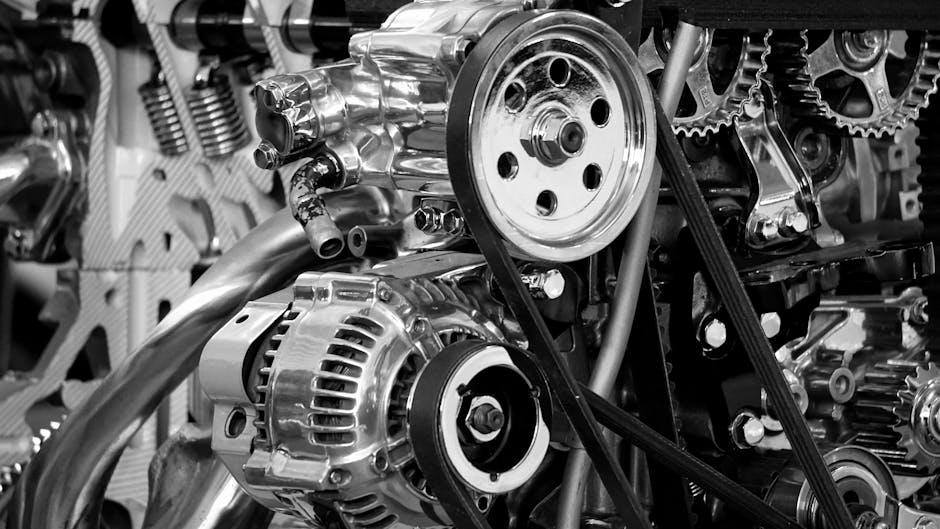
Common Car Electrical Issues That Often Go Unnoticed
It’s easy to overlook subtle signs that hint at electrical problems in your vehicle until they escalate into serious malfunctions. A flickering dashboard light, occasional dim headlights, or a radio that suddenly cuts out might seem like minor annoyances but are often early warnings of deeper electrical system issues. These glitches can stem from loose wiring, corroded connectors, or a weak alternator struggling to maintain voltage levels. Without prompt attention, such faults can compromise safety systems, drain the battery faster, or cause erratic behavior in electronic components.
Common unnoticed electrical symptoms include:
- Intermittent crackling noises from the sound system
- Slow power window operation
- Inconsistent windshield wiper speed
- Dashboard gauges that freeze or jump erratically
Regular diagnostic checks can reveal these hidden faults before they damage expensive parts or leave you stranded. Simple maintenance like cleaning terminals, tightening connections, and checking fuse integrity often brings immediate improvement. Below is a quick reference table of symptoms with their usual causes and recommended actions:
| Symptom | Typical Cause | Recommended Solution |
|---|---|---|
| Flickering dashboard lights | Loose battery terminals | Clean and tighten connections |
| Power windows slow or unresponsive | Faulty window motor wiring | Inspect wiring harness and repair |
| Radio cuts out intermittently | Poor antenna or ground connection | Check antenna cable and ground points |
| Windshield wiper speeds vary erratically | Defective wiper switch or relay | Replace faulty components |

Diagnosing Battery and Alternator Malfunctions with Confidence
When your vehicle starts showing signs of electrical trouble, pinpointing whether the battery or alternator is the culprit can save you time and money. Start by inspecting your dashboard battery indicator light. If the light flickers or stays on, it could suggest alternator issues rather than just a dead battery. Using a multimeter is a straightforward way to assess the battery voltage. A fully charged battery should read around 12.6 volts with the engine off. When the engine is running, the voltage should rise to between 13.7 and 14.7 volts, indicating the alternator is properly charging the battery.
Here’s a practical checklist to clarify your diagnosis:
- Battery voltage below 12.4V: Possible weak battery; consider load testing.
- Voltage stays below 13.7V with engine running: Likely alternator malfunction.
- Dim headlights or electrical accessories acting up: Could be either—test voltage fluctuations.
- Corroded or loose battery terminals: Clean and tighten connections before further testing.
| Symptom | Battery Issue | Alternator Issue |
|---|---|---|
| Engine won’t start | Battery too weak to crank | Less common, but possible if battery drains |
| Electrical accessories fail while driving | Battery insufficient but usually okay if engine runs | Alternator not charging, causing drain |
| Dashboard warning lights on | Battery warning light | Battery or alternator light can both illuminate |
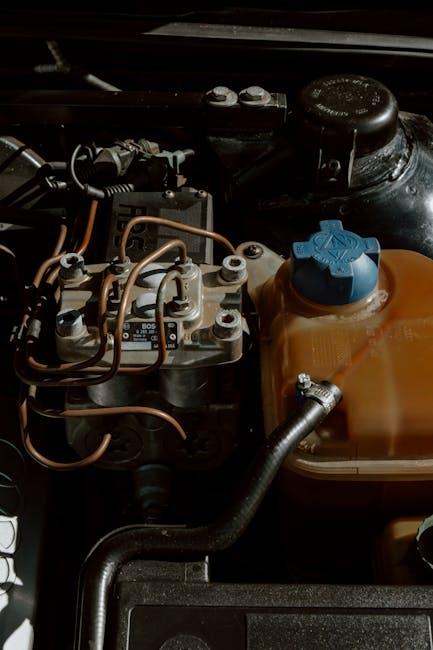
How Faulty Wiring Affects Your Vehicle and Preventative Measures
Faulty wiring within your vehicle’s electrical system can lead to a cascade of issues that affect both performance and safety. Intermittent power losses, flickering lights, and malfunctioning gauges are common symptoms that signal wiring troubles. Over time, damaged wires can cause short circuits, which may not only disrupt critical functions like ignition and fuel injection but also increase the risk of electrical fires. Beyond these immediate effects, faulty wiring can prematurely drain your battery and wear down components, leading to costly repairs if left unaddressed.
Preventative measures focus on regular inspections and maintenance to ensure your vehicle’s wiring remains intact and functional. Implementing the following practices can significantly reduce the risk of wiring-related problems:
- Routine Visual Checks – Look for frayed, corroded, or disconnected wires.
- Secure Connections – Ensure tight, clean terminals to avoid loose contacts.
- Proper Routing – Avoid pinched wires and exposure to heat sources.
- Professional Diagnostics – Use electronic testers for early fault detection.
| Symptom | Potential Cause | Recommended Action |
|---|---|---|
| Flickering Dashboard Lights | Loose Wiring Connections | Check and tighten terminals |
| Engine Stalls Intermittently | Damaged Ignition Wire | Inspect and replace wiring |
| Blown Fuses Frequently | Short Circuit in Wiring | Locate and repair damaged cables |

Understanding the Role of Fuses and Relays in Electrical Systems
Fuses and relays are the unsung heroes of automotive electrical systems, silently protecting vital circuits from damage and ensuring smooth operation. A fuse acts as a safety valve by breaking the circuit when excessive current flows, preventing wires from overheating and causing fires. Meanwhile, relays function as electrically operated switches, controlling high-current circuits with a small electrical signal. This helps to reduce the load on switches and prevent voltage drops, which can be critical in modern vehicles packed with sensitive electronics.
Understanding their distinct roles can help in troubleshooting common electrical problems. For example, a blown fuse usually means there’s an overload or short-circuit, while a malfunctioning relay might cause intermittent electrical failures, such as flickering lights or a non-operational fuel pump. Here’s a quick overview to keep in mind:
- Fuses: Single-use, protect circuits by melting under high current.
- Relays: Reusable switches that control high-current circuits via a low current trigger.
- Troubleshooting: Inspect fuses for visible breaks, test relays by swapping with similar ones.
| Component | Common Symptom | Typical Cause | Solution |
|---|---|---|---|
| Fuse | Dead radio or blown headlights | Short circuit or overload | Replace fuse, inspect wiring |
| Relay | Intermittent start issues | Faulty relay contact | Swap relay, test circuit |
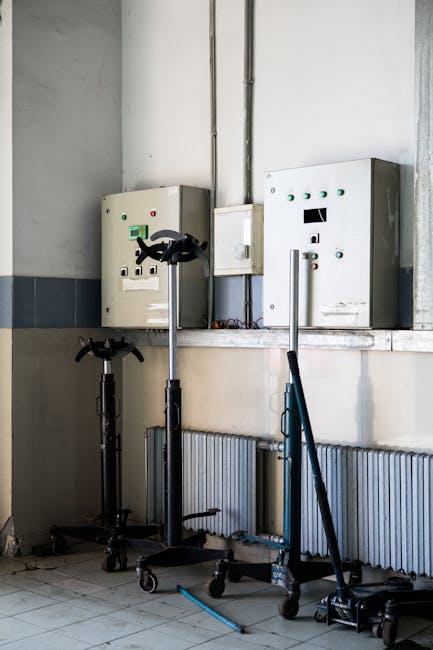
Expert Tips for Maintaining and Repairing Ignition System Problems
Ignition system issues can often leave drivers stranded without warning, but many problems are preventable with routine care. Start by regularly inspecting your spark plugs for wear and buildup; clean or replace them as needed to ensure a strong spark. Pay special attention to ignition wires and coils—look for cracks, corrosion, or fraying that might disrupt electrical flow. Using dielectric grease on connections can reduce moisture-related faults and corrosion, keeping your ignition components performing smoothly under all weather conditions.
When diagnosing ignition problems, keep a basic toolkit handy for quick fixes and troubleshooting. Here’s a quick reference table to help decode common symptoms and their likely causes:
| Symptom | Possible Cause | Recommended Action |
|---|---|---|
| Engine Misfires | Worn Spark Plugs | Replace spark plugs |
| Hard Starting | Faulty Ignition Coil | Test and replace coil if needed |
| Battery Drain | Shorted Ignition Switch | Inspect and repair switch |
- Keep ignition components dry and clean to avoid electrical shorts.
- Replace ignition system parts at manufacturer-recommended intervals.
- Use a quality ignition tester to quickly identify coil or wiring faults.
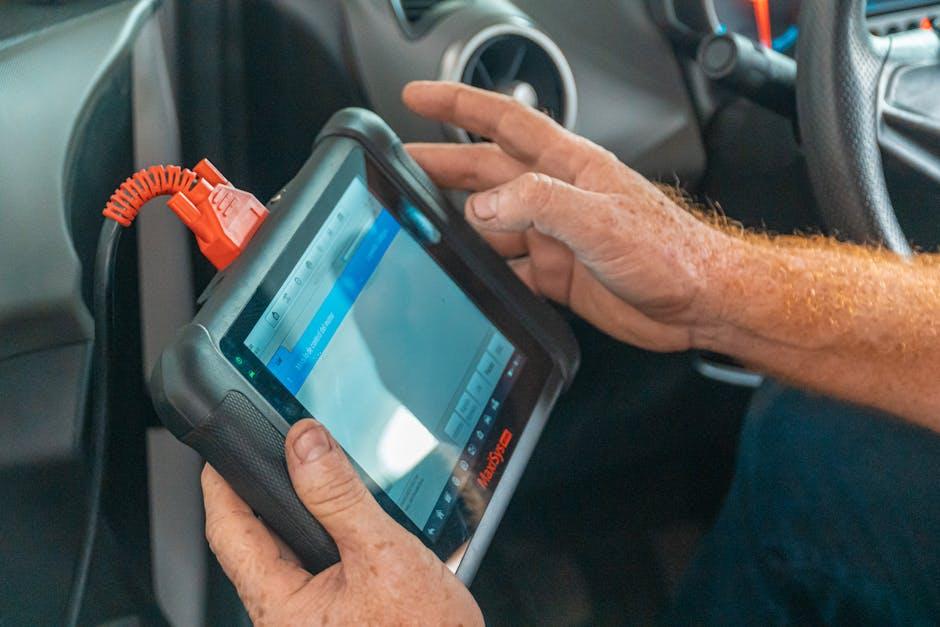
Solution Strategies for Troubleshooting Dashboard and Lighting Glitches
When encountering issues with your dashboard or lighting systems, start by systematically checking the fuse box. Fuses that are blown or nearly burnt out can easily cause erratic dashboard behavior or flickering lights. Use a multimeter to test the continuity of relevant fuses and replace any faulty ones promptly. Aside from fuses, inspect the wiring harness for signs of corrosion or loose connections, especially around grounding points. A poor ground can create intermittent lighting glitches, making it crucial to clean and secure all connections.
In some cases, dashboard and lighting problems can stem from a failing body control module (BCM) or bad relay switches. To narrow down the issue, use this quick-reference chart to identify common symptoms linked to these components:
| Symptom | Possible Cause | Recommended Action |
|---|---|---|
| Dashboard lights flicker or go out | Faulty BCM or relay | Run diagnostics and replace defective module |
| Headlights dim at idle | Weak alternator or bad ground | Test alternator output, check ground points |
| Warning lights stay on | Sensor malfunction or wiring issue | Scan error codes and inspect wiring |
Q&A
Q&A: Common Car Electrical Problems and Solutions
Q1: Why does my car battery keep dying even after I’ve charged it?
A: A repeatedly dying battery often signals an underlying issue beyond just a low charge. It could be a faulty alternator failing to replenish the battery’s power, parasitic drains from electrical components left on, or corroded battery terminals restricting proper current flow. A thorough check of the charging system and peripheral electronics is essential to pinpoint the root cause.
Q2: What causes flickering or dim headlights while driving?
A: Flickering headlights typically indicate inconsistent voltage supply. This could stem from a weak battery, a failing alternator, loose wiring connections, or a poor ground connection. Sometimes, worn-out bulbs or faulty switches also contribute. Regular inspection of the lighting circuit helps maintain steady illumination and safe night driving.
Q3: Why is my car’s dashboard showing warning lights even when everything feels normal?
A: Modern cars use sensors that trigger dashboard warning lights at the slightest glitch. Loose or damaged wiring, a failing sensor, or glitches in the Body Control Module (BCM) might cause false alerts. While the car may feel fine, it’s advised not to ignore them—diagnostic tools can help uncover and resolve hidden issues.
Q4: What can cause a car starter to fail or make clicking noises?
A: Clicking noises often mean the starter motor isn’t getting enough electrical current to engage fully. Common culprits include a weak battery, corroded starter connections, or a worn-out starter motor. Ensuring the battery is healthy and wiring is secure usually resolves the problem; otherwise, a starter replacement may be necessary.
Q5: How do I know if my car has a parasitic battery drain?
A: If your battery discharges overnight without apparent cause, a parasitic drain might be the reason. This happens when an electrical component remains active or a wiring short continuously draws power. Mechanics use ammeters to measure current draw and isolate the offending circuit, preventing unwanted battery depletion.
Q6: Can cold weather cause electrical problems in my car?
A: Absolutely. Cold temperatures can thicken battery fluid, impairing its ability to deliver current, stiffen cables, and cause brittle wiring insulation to crack. This results in poor connections and slower electrical responses. Keeping the battery charged, using weather-appropriate components, and regular inspections reduce cold-weather related failures.
Q7: What simple steps can I take to prevent electrical issues in my car?
A: Regular maintenance is key—check battery terminals for corrosion, inspect fuses, keep wiring secure and protected from moisture, and replace aging components timely. Avoid overloading circuits with aftermarket accessories without proper installation. A little proactive care ensures your car’s electrical system stays reliable and trouble-free.
This Q&A sheds light on the most frequent electrical troubles that modern car owners face, providing practical insights to troubleshoot or seek professional help promptly. Maintaining the electrical heart of your vehicle is crucial for safety and convenience on every journey.
In Summary
Navigating the maze of car electrical issues can feel daunting, yet understanding the common problems and their solutions empowers every driver to take control of their vehicle’s health. From flickering lights to stubborn starters, these electrical quirks often signal more than just minor annoyances—they’re the car’s way of communicating. By tuning in to these signals and addressing them promptly, you not only restore your ride’s reliability but also extend its lifespan. Remember, a well-maintained electrical system is the silent conductor orchestrating every journey, keeping you safely on the road with confidence and ease.

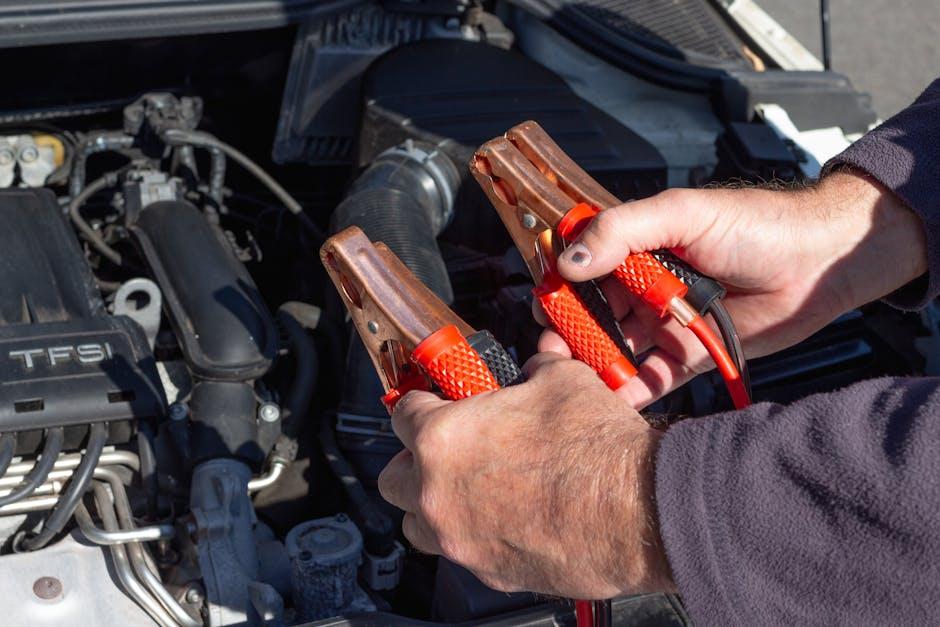
3 Comments
Salut, ech wollt Äre Präis wëssen.
y2ajpl
y2ajpl